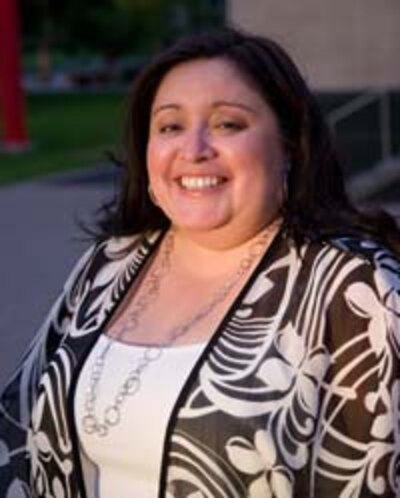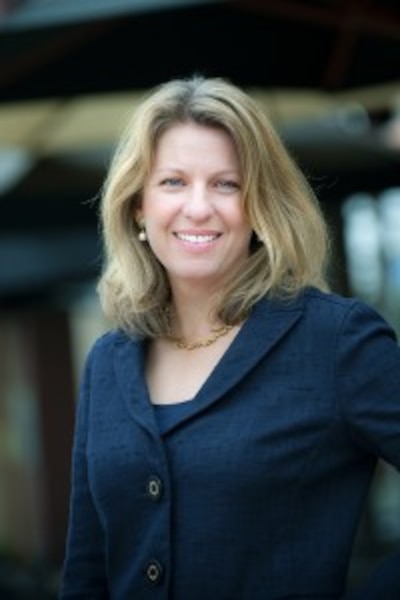Jaw-dropping amounts of money flowed into the 2009 Denver Public Schools’ board elections from would-be education reformers near and far while state and local labor unions united in a covert push to fight them.
Friday’s campaign filing deadline provides more details about what became a battle between those who want to shake up the city’s public schools – and those who’d like their change with a little less shaking.
But, as in years past, the final vote tallies showed neither big money nor union backing guaranteed a win.
Money matters – or not
Thomas W. Gamel, with little recent history of political activity but supportive of DPS reforms such as school autonomy, contributed a total of $237,558.84 to three candidates, giving $144,350 to at-large candidate Mary Seawell – or 60 percent of her total dollars raised. She beat her opponent Christopher Scott by taking 71 percent of the vote but the other recipients of Gamel’s largess did not fare as well.
Gamel contributed more than half of the $104,138.84 total raised by Vernon Jones in northeast Denver but Jones was defeated by Nate Easley, whose final tally was $41,470. In southwest Denver, Gamel’s $36,950 in donations helped push Ismael Garcia’s fund-raising total to $85,830. Garcia was defeated by Andrea Merida, who raised less than half that amount – or $30,116.
Three of Gamel’s associates at Rockmont Capital and Timpte Industries also contributed $75,000 to Seawell, Jones and Garcia, bringing total donations from Gamel & Co. to $312,558.84 for the 2009 DPS election. Still, Easley edged out Jones by 749 votes and Merida defeated Garcia by a razor-thin 116.
Similarly, in 2005, at-large candidate Jill Conrad raised $64,875.68 while her opponent, Brad Buchanan, raised more than double that, or $141,984.88. Conrad, who was endorsed by the teachers’ union, won the four-way race for the citywide seat with 46 percent of the vote to Buchanan’s 43 percent.
When labor unions unite
In 2005, Kim Ursetta, then the president of the Denver Classroom Teachers Association, said the union had never endorsed a losing candidate. That held true that year but fell flat in 2007 – union-backed candidates John McBride, Laurence Botnick and Raymond Gutierrez lost – and in 2009.
DCTA last fall endorsed Merida in southwest Denver and Easley in northeast Denver, both winners. But their pick for the citywide seat was Scott, who lost to Seawell. Neither the DCTA nor Scott met the last campaign filing deadline so it’s unclear how much the union ultimately helped Scott, whose last report showed less than $20,000 in cash raised.
Five labor unions – the Colorado Education Association, its local affiliate DCTA, the American Federation of Teachers, the AFL-CIO and the United Food and Commercial Workers – contributed a total of $103,450 to help the three DCTA-backed candidates.
Merida received $22,000, the most of any single candidate and 73 percent of her fund-raising total. But the biggest chunk of union money went not to a candidate but to a 527 political organization formed a month before Election Day.
Creating a 527
The CEA and DCTA gave $54,000 to fund Coloradans for Accountable Reform in Education or CARE, registered with the state Oct. 9 by Erica Hynek, the sister of John Britz of the consulting firm Welchert & Britz. After Ed News reported on the 527, Britz replaced his sister’s name with his own.

By then, the DCTA already had publicly endorsed their candidates. But creating a 527 allows a group to try to influence an election without immediately naming its own funders and without a candidate’s approval – in fact, a 527 is not supposed to coordinate activities with a candidate.
So why create one? 527s can be used to push negative ads without backfiring on a candidate. Welchert & Britz, who received $10,000 for consulting and $25,500 for campaign work under the name of their company Centennial Communications, crafted one mailing on Merida’s behalf that said kids can’t walk to school because charter schools “siphon tax dollars away from local neighborhood schools.”
Merida has said she knew nothing about CARE’s work, as have Easley and Scott. CARE was apparently behind a Denver Post advertisement for Scott though Britz has declined to comment. Scott’s campaign said they had nothing to do with the front-page stickers. CARE’s Friday filing, its first finance report, shows $8,200 for ads in the Post.
(Douglas County’s teachers’ union also created a 527 for the fall election. The American Federation of Teachers was the sole funder of Accountability for Kids, giving $48,480 to the group created Oct. 8. All four union-endorsed candidates lost and the 527 has since been deactivated.)
Money from near and far
Donors from New Hampshire to Oregon contributed to candidates or groups who supported them in the DPS election, reflecting the increasing national interest in the city’s schools.
Democrats for Education Reform, a New York-based political action committee, launched a Colorado branch last year and has brought in speakers such as New York City Schools Chancellor Joel Klein.
DFER, listing a Colorado address, gave $7,000 to Garcia’s campaign. Its national executive director, Joe Williams, gave $500 to Jones’ campaign, and six other New York-based investors contributed another $6,500 to his attempt to win a northeast Denver seat.
At least five of the six are DFER donors and several also have supported the campaign of Democratic U.S. Sen. Michael Bennet, the former DPS superintendent. Four were named in a recent New York Times article about hedge fund managers raising money for that city’s charter schools.
Another national group, Stand for Children, also formed a Denver chapter last year, with a political committee that raised $19,684.83 in chunks from $75 to $500 from Stand members nationwide.
Stand for Children in Denver spent $16,237.22 in in-kind services, such as recruiting volunteers, on behalf of the three candidates its local members endorsed – Seawell, Jones and Garcia.
A record fund-raising total?
Final campaign filings, due after Election Day has passed and attention has shifted, can bring surprises in the names of last-minute donors and a late influx of cash.

That’s exemplified in recent years by the 2007 campaign of Arturo Jimenez, who raised $8,604.05 in his first finance reporting period, $12,050 in his second and $66,049.66 in his third, and final, period.
Jimenez, in a close race to represent northwest Denver, initially filed reports filled with $25 to $100 donations from parents and neighbors. His final report includes $15,000 donations from Bruce Benson and the Gary-Williams Energy Co., $10,000 from Larry Mizel and $7,500 from John Saeman.
Similarly in 2007, Theresa Peña raised $31,605 in her first reporting period, $70,950 in her second and $114,055 in her third. Peña’s donors include prominent Democrats such as Tim Gill and Pat Stryker.
But like Jimenez, her donors also include prominent Republicans – Benson, Mizel and Saeman – who tended to give more later in the election. One of her biggest contributions, $20,000, came Oct. 30 from Alex Cranberg, a Denver oilman who supported vouchers.
That pattern was less prominent this past fall, perhaps because Gamel so dominated the donors’ list early on. Benson, now the president of the University of Colorado, is no longer politically active. Cranberg did not contribute to any candidate.
Still, Gamel’s giving to Seawell likely helped set a record for the highest dollar amount given by a single donor. Seawell’s total funds raised also may be a record for a single campaign – though not by much. Peña, in running citywide in 2007 for her second term, raised a total of $216,610. Seawell’s total of $240,605 tops that by $23,995.
Nancy Mitchell can be reached at nmitchell@pebc.org or 303-478-4573.
